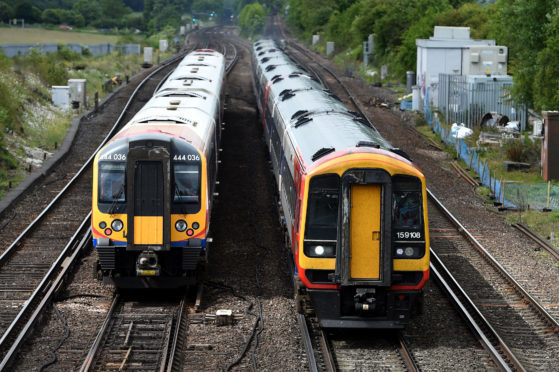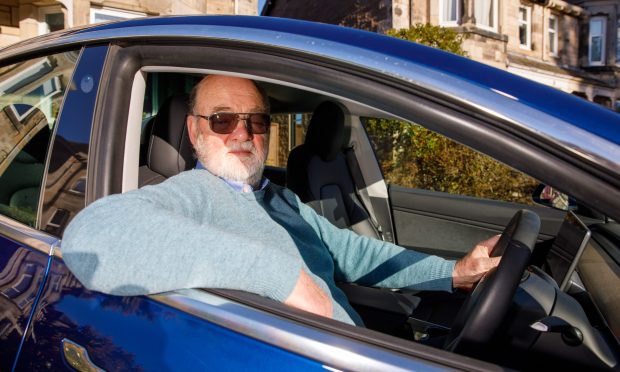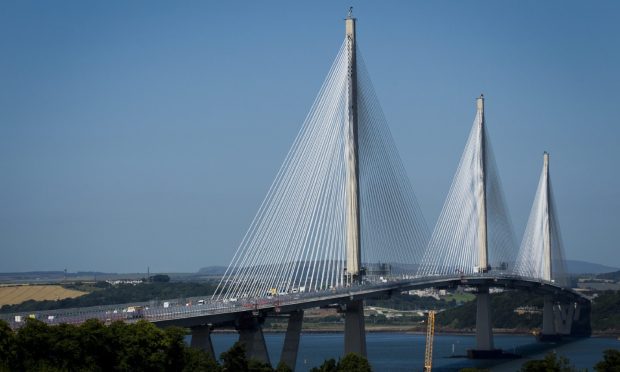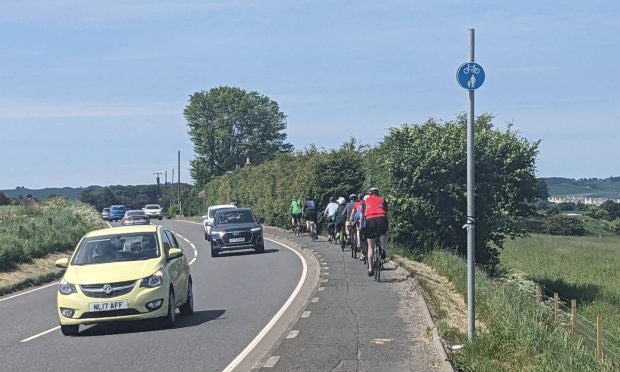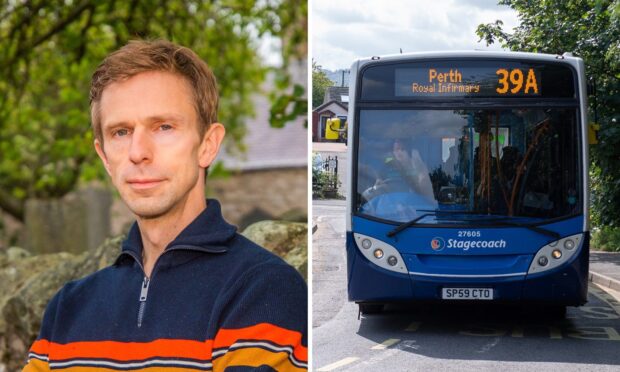A new north/south railway running alongside the M90 would cut journey times from Edinburgh to Perth and Dundee by up to 30 minutes, according to a new study published today.
Transport think tank Greengauge 21 has produced what it calls the “most comprehensive” view of how Britain’s railway could look by the middle of the century following almost a year of research by experts.
The report suggests Scotland’s vision for 2040 should include a new fast line between Inverkeithing and Bridge of Earn, saying it would significantly reduce journey times between the capital and important hubs further north.
Major upgrades of the East Coast Main Line between Edinburgh and Newcastle and a similar revamp of the West Coast Main Line are also part of the package.
The report also suggests a new connection from Curriehill to Edinburgh Gateway to open up services between Glasgow, Livingston and Fife.
A new high-speed line from Rutherglen to Carstairs could free up the existing line through Motherwell to help get Glasgow to London journey times down to a target time of three hours 15 minute.
And a spur from that route to join the Shotts line could also help to achieve a faster Glasgow Central to Edinburgh rail service.
Conspicuous by its absence from the Greengauge 21 report is any proposal to reopen historic links to the likes of Leven and St Andrews, although the study does propose closer working between the rail network and interurban bus services and improved through ticketing to make through travel easier.
One of the report’s five co-authors, Greengauge 21 Director Jim Steer said the country needed to develop a long-term national railway strategy beyond HS2.
“To transform productivity across the whole of Britain, we need to transform connectivity for dozens of cities the length and breadth of the country,” he said.
“The plans for Scotland are particularly striking and will bring a radical improvement to rail connectivity both within Scotland and across the English border.
“This strategy does not stop at the major cities. We also show how towns and remote and peripheral areas can be better served too, places where economic productivity often lags most and where simply sustaining communities can be a challenge.”
The potential for reopening the Levenmouth and St Andrews local lines has been highlighted in another publication.
Author Nigel Welbourn’s 16th book on Lost Lines has just been published and makes the case for both Fife lines being brought back into use.
